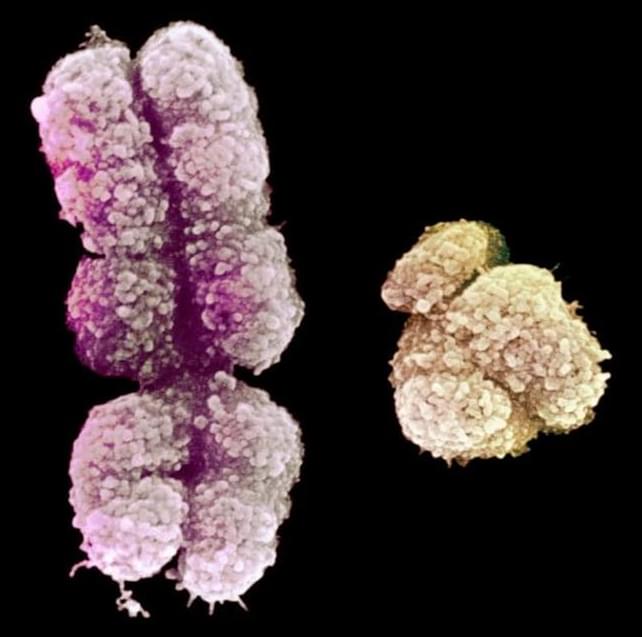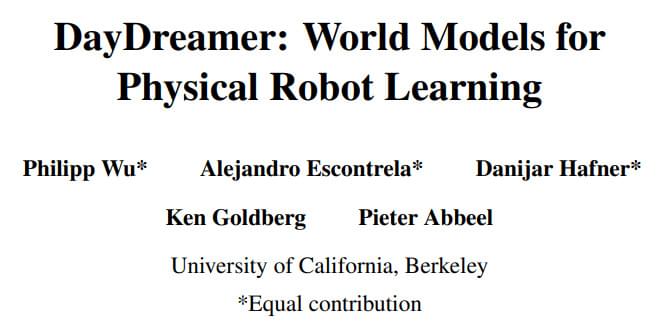Tech major Google is reportedly slowing down its hiring processes for the rest of 2022. According to a memo by CEO Sundar Pichai to employees, obtained by The Verge, Google will still support its “most important opportunities”, and focus on hiring engineering, technical and other critical roles.
Until now, Google has remained relatively immune to economic uncertainties, and in fact, its sister brand YouTube did well in Q4 2020 — first year of the Covid-19 pandemic. It was reported that its ad revenue hit $6.9 billion — up by 46% quarter-on-quarter. Pichai, in his memo, also highlights that the company hired approximately 10,000 employees in the second quarter of this year, and has a “number of commitments for Q3”, Pichai said in the memo adding that “Google will pause the hiring process for the rest of the year”.
“For the balance of 2022 and 2023, we’ll focus our hiring on engineering, technical and other critical roles, and make sure the great talent we do hire is aligned with our long-term priorities,” he reportedly wrote in the memo.




